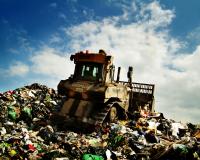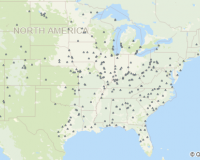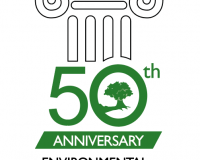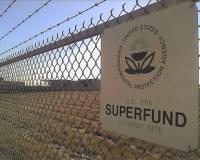
Vibrant Environment
Pollution Control
All | Biodiversity | Climate Change and Sustainability | Environmental Justice | Governance and Rule of Law | Land Use and Natural Resources | Oceans and Coasts | Pollution Control

After almost getting hit by an Amazon Prime truck as I wandered around Greenwich Village, I started to look around at what was piling up in the foyers of posh condos and on the steps of the venerable brownstones. Maybe lying under these mountains of cardboard was a first edition of The Call of the Wild off eBay, but I doubted it.

Although it may not be a trending cocktail party topic, coal ash compliance activities are certainly well-known in the legal and environmental risk management community. Billions of dollars are at stake for the owners and operators of coal power plants impacted by the 2015 Disposal of Coal Combustion Residuals (CCR) rule.

My initial thought about this blog was to address a technical chemical regulatory topic, something like “why did it take 40 years for environmental regulators to figure out that perfluorinated compounds contaminate groundwater and don’t degrade over time?” However, this is ELI’s 50th anniversary year, and so I shall talk instead about the work I did over the course of about 15 years with ELI to address chemical regulatory and hazardous waste strategies both in the United States and abroad.

The public health dangers posed by lead exposure have been recognized and documented since the mid-20th century. Despite the pervasiveness of lead-based paint in buildings, including homes and schools, experience has shown that laws can effectively address the issue by phasing out lead paint.

The Gulf Coast region historically is known for producing more seafood than anywhere else in the continental U.S., both in volume and dollar value. However, since Hurricane Katrina in 2005 and the Deepwater Horizon oil spill in April 2010, fishing communities along the coast who depend upon healthy and vibrant marine habitats have experienced significant financial instability.

Present-day food consumption relies on high-yielding crops, and these high-yielding crops rely on nitrogen to be able to deliver 40-60% of the world’s food supply. Typically, synthetic nitrogen is provided to crops through the use of fertilizers. In 2015, an estimated 3.54 billion people were fed by synthetic nitrogen fertilizers.

First plastic bags, then straws, and now . . . miniature toiletries.
In a world where half the plastic produced globally is packaging we use just once, and only nine percent of all plastic is recycled, a consumer tide against single-use plastics is sweeping up grocery retailers, restaurants, and now the hospitality industry.

I’ve conducted research on global climate change and on nuclear waste disposal, but vapor intrusion (VI) is the most challenging topic I’ve worked on during my 40-year career. VI’s technical challenges relate to its multimedia nature and the need to understand pollutant fate and transport both above and below ground.

Last month, the New York Times reported that the Trump Administration began drafting a new rule that could eviscerate one of the most powerful tools available to U.S. citizens to hold the government accountable for environmental harm. The new rule, if finalized, would prevent concerned citizens from filing cases with the U.S. EPA Environmental Appeals Board (EAB), as well as inherently change EPA’s appeals process and undermine enforcement of environmental law throughout the country.

In the last two weeks, Indonesian islands Sumatra and Borneo began experiencing severe forest fires, evoking fears within the region that the fires could have similar effects to the fires of 2015, which was one of the worst years for transboundary haze in Southeast Asia. Following the 2015 fires, Indonesia took steps to limit the burning and draining of peatland to reduce the outbreak of fires in addition to improving environmental sustainability and air quality in the region. However, due to a combination of governance challenges and climate change-intensifying dry seasons, the country has struggled to keep up with implementing fire mitigating activities in all fire-prone areas.